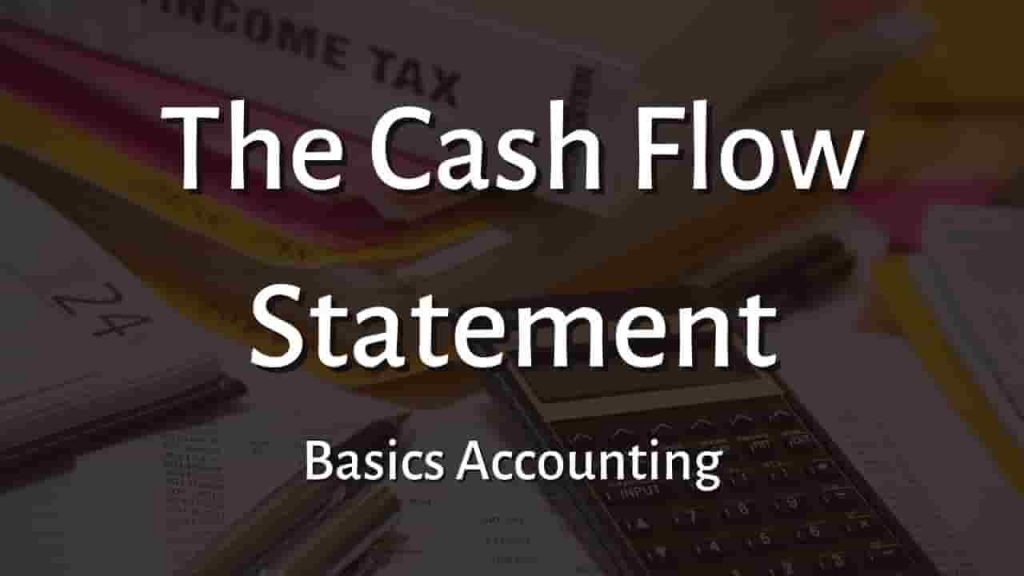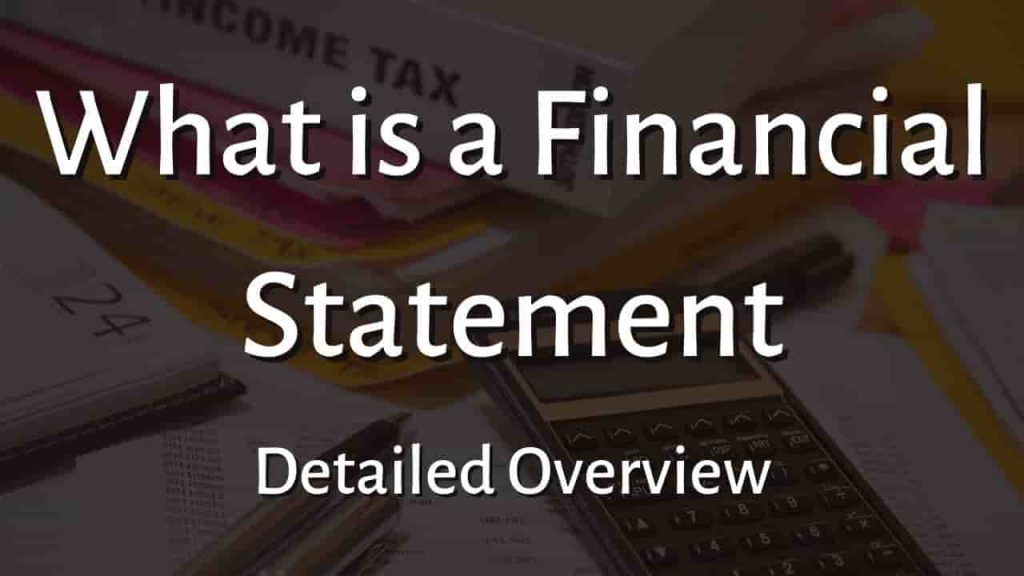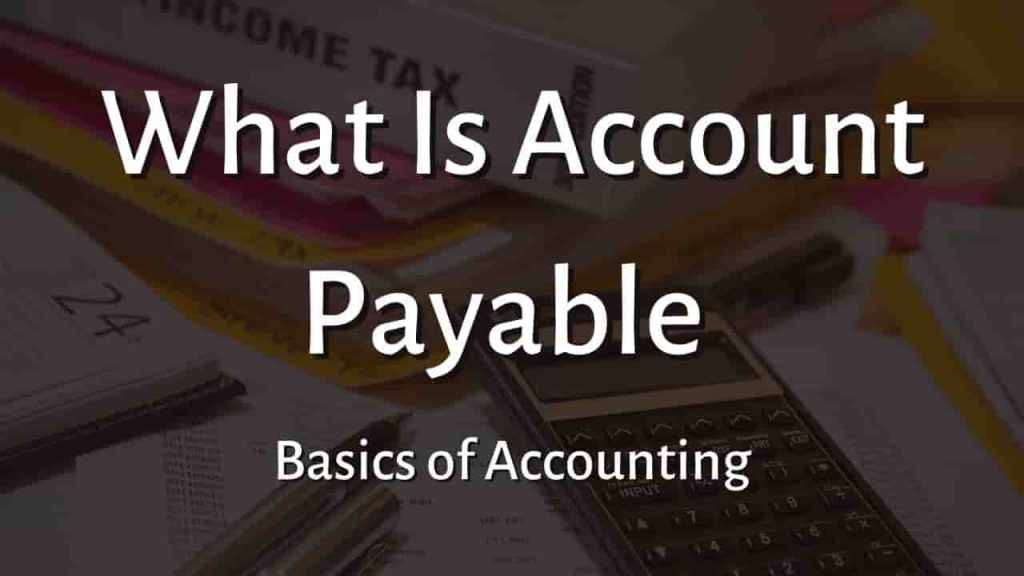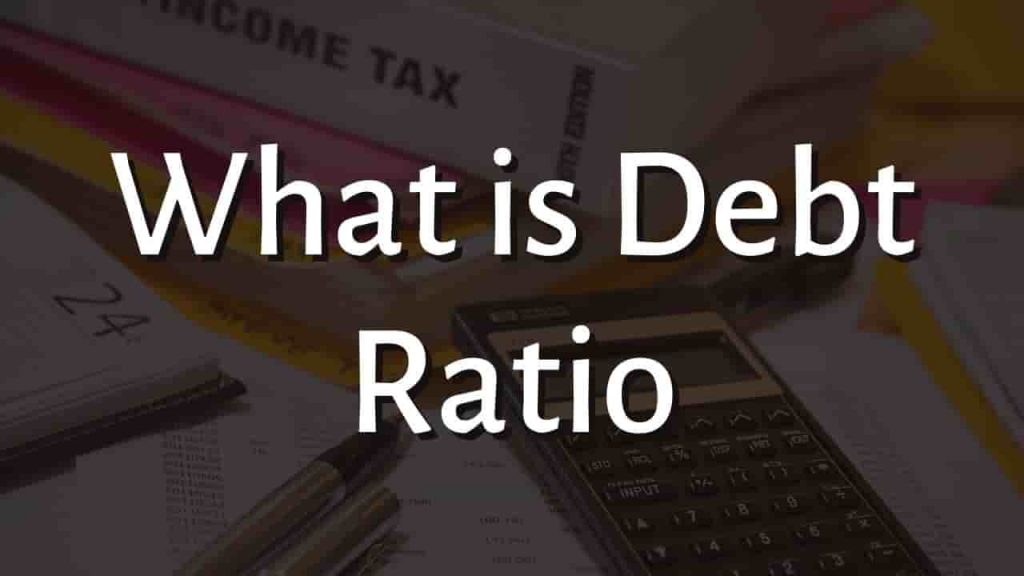What is Capital and Revenue Expenditures
Capital Expenditure
Capital Expenditures are those expenses that provide a benefit for more than one accounting period.
For example, the company has purchased a vehicle. The vehicle will now be utilized for a long time. So, it is a capital expenditure. Capital Expenditure, in general, adds Fixed Asset Units or extends the economic life, capacity, or efficiency of existing fixed assets. Capital expenditures are referred to as “Capitalized”.
Capital expenditures are incurred in two ways:
1. When an asset is purchased
2. When an existing asset is improved.
The initial cost of the asset includes all expenditures incurred up to the point of bringing the item to its intended use.
Capital expenditure is defined as any spending that enhances an asset’s performance above its original evaluated performance. The cost of maintaining an asset, on the other hand, is classified as Revenue Expense.
Revenue Expenditures
Revenue expenditures are those for which the benefit is realized within a single accounting period.
For example, the company has acquired office stationery. Within a year, the stationery was utilized in the workplace. So, this will be a revenue expenditure. Revenue Expenditures are referred to as “Charged Off”.
Revenue Expenses are defined as any expenses that are:
1. Expenses incurred in the day-to-day operation of the firm.
2. Expenses incurred in keeping fixed assets in their original/usable state.
All capital expenses are recorded in the balance sheet, whereas all revenue expenses are recorded in the profit and loss statement.
Difference Between Capital Expenditure and Revenue Expenditure:
| Capital Expenditure | Revenue Expenditures |
| It has a long-term effect, in that it is not diminished within the current accounting period. Its advantage will be enjoyed for a lot of years to come. | It has a short-term effect, meaning that the benefit is realized during one accounting period. |
| When a new asset is purchased or the performance of an existing asset is improved, this is referred to as capital expenditure. | There is no acquisition of assets, nor is any asset’s performance improved. |
| It does not happen repeatedly. It is irregular and non-recurring. | It is recurrent and frequent, and it occurs on a regular basis. |
| This spending enhances the company’s financial situation. | This expense contributes to the company’s survival. |
| A part of this expense (depreciation on asset) is recorded in the profit and loss account, while the remainder is reflected on the asset side of the balance sheet. | The total amount of this spending is shown in the profit and loss account or income statement. |
| It appears on the balance sheet until its benefit has been completely depleted. | It is not included on the balance sheet. |
| It has no effect on the company’s profit. | It decreases the company’s profit. |
General Rule:
The general guideline for differentiating between capital and revenue expenditure is as follows:
- Capital expenditure is defined as an expense whose benefit lasts longer than an accounting period.
- Revenue expenditure is defined as an expense whose benefit is realized during an accounting period.
Exceptions:
Depending on the amount of the expenditure and the organization’s policy, the following expenses can be “Charged to Profit and Loss” rather than “Capitalizing.”
Legal Charges:
Legal charges are normally charged to profit and loss, but when expended to acquire an asset, they should be capitalized alongside the asset.
Repair:
Repairs are likewise charged to P&L, but when they improve an asset’s performance above its initial performance, they should be capitalized.
Wages:
Wages are typically a revenue item, but when they are paid to persons who work to build an asset, they should be capitalized as the cost of the asset.
Freight and Transportation:
Freight and transportation are typically revenue expenditures, but when paid to convey an asset to its intended use, it is considered as capital.
Interest on Loan:
Normally, interest on a loan is a revenue expense, but when the loan is used to acquire an asset, the interest is considered as capital and is added to the cost of the asset.
For more click here and if you are looking for full forms of different acronyms and words then check out this list you really gonna find this helpful. We also have an Essay on every topic, Check the complete list here. If you are Studying in Matric Free Video Lectures of Maths, Physics and English are here, and we have got you covered for I.COM Business Maths also.







